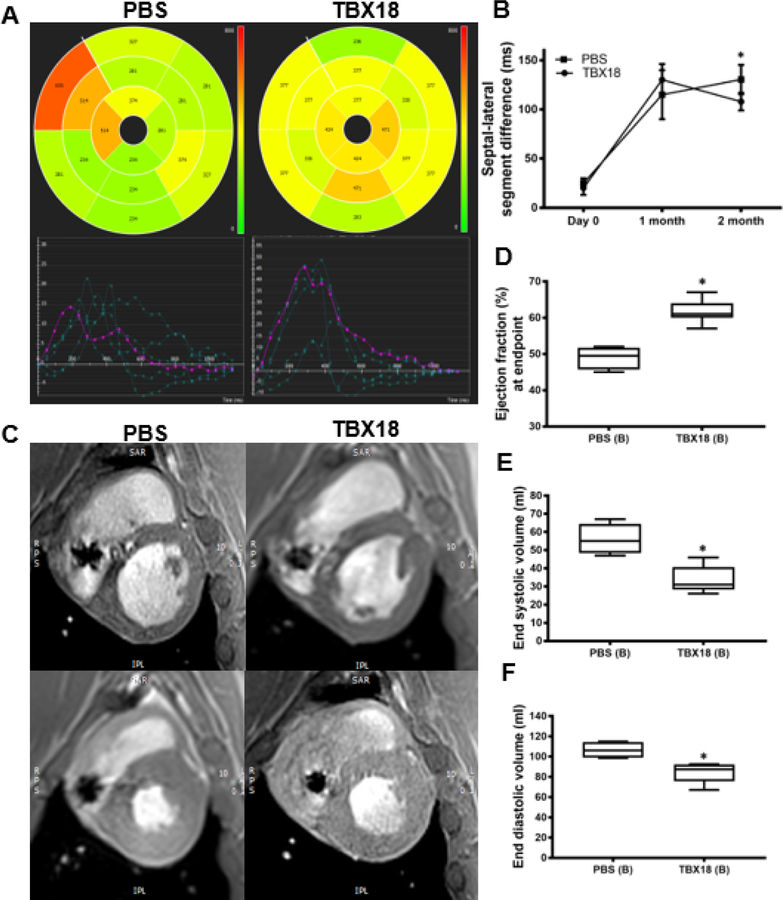Figure 7: Group B – Rescue protocol: changes in mechanical dyssynchrony, and, and left ventricular systolic function in TBX18 antegrade biological pacemaker treated-animals compared to controls.
(A) AHA segmented chords showing time to peak radial strain (cvi42®). (B) Septal-lateral segment difference was significantly different at endpoint (130.4±10ms PBS, 108.5±4ms TBX18, p=0.05). (C) Representative MRI identifying end diastolic (top) and end systolic (bottom) phases. (D) Endpoint ejection fraction was higher in TBX18 pigs (49.1±1.5% PBS, 61.6±1.3% TBX18, p<0.001). (E-F) There were favorable end systolic (56.1±4.2ml PBS, 33.6±3ml TBX18, p=0.002) and end diastolic volumes (104.4±4.1ml PBS, 84.1±4.2 TBX18, p=0.006) in TBX18 pigs.

